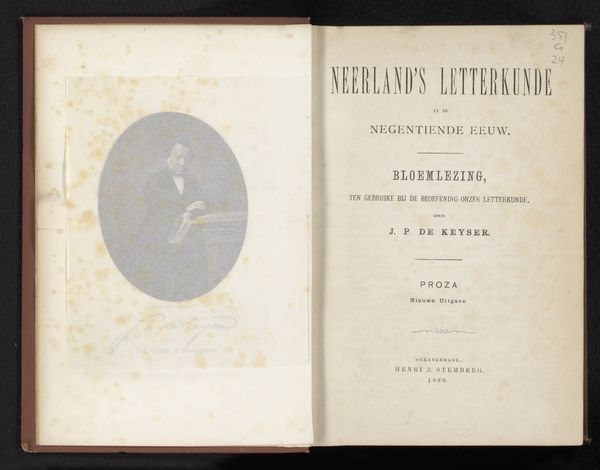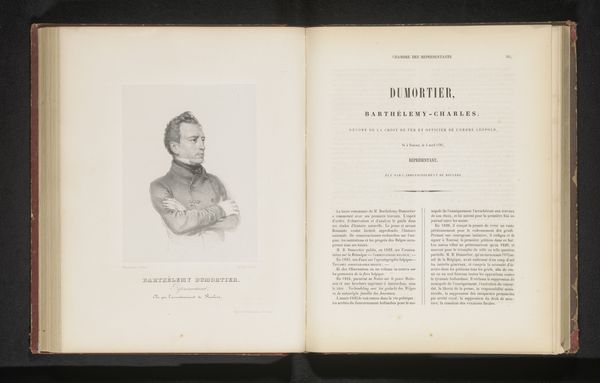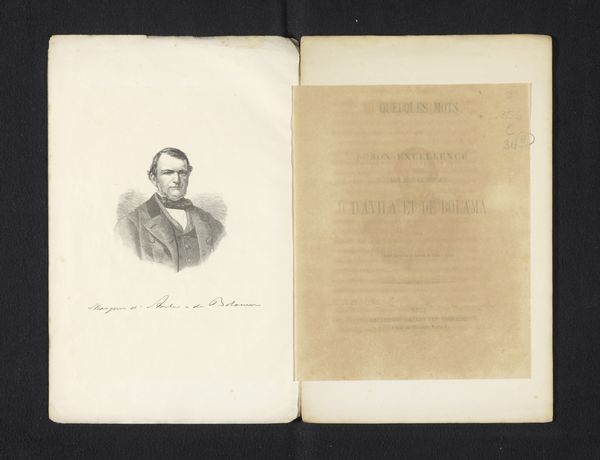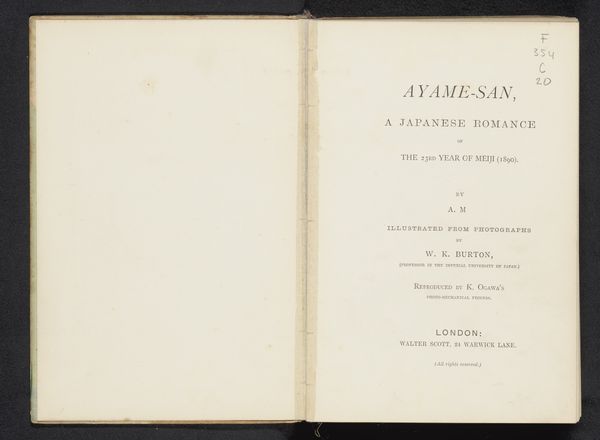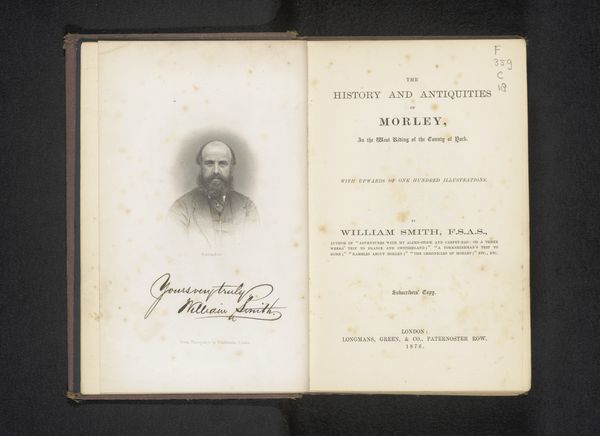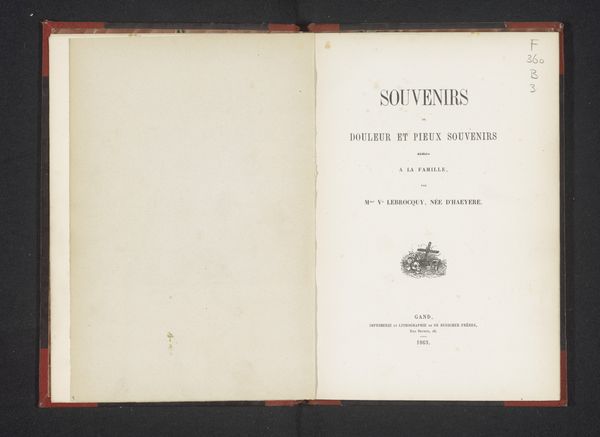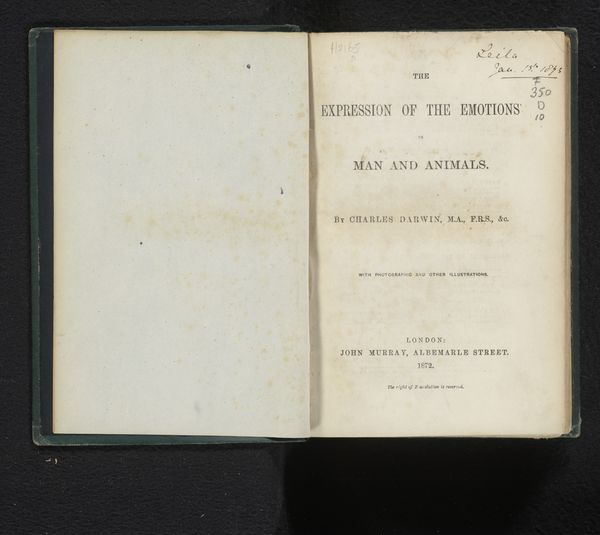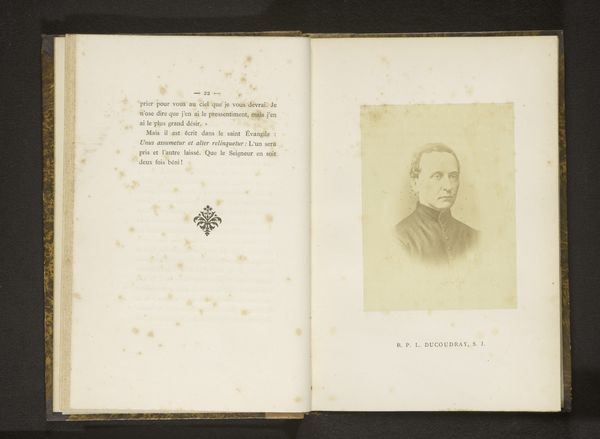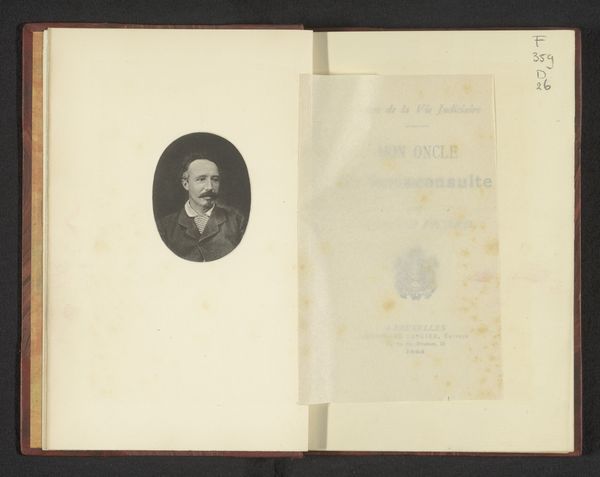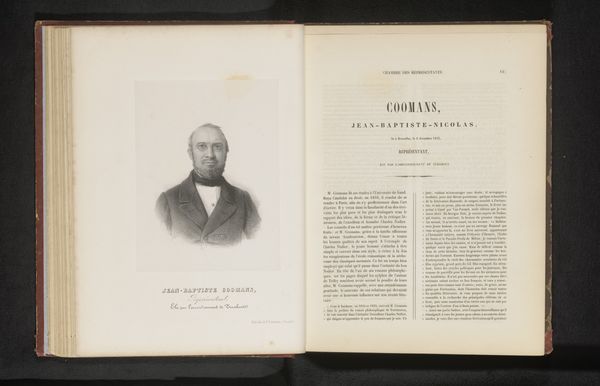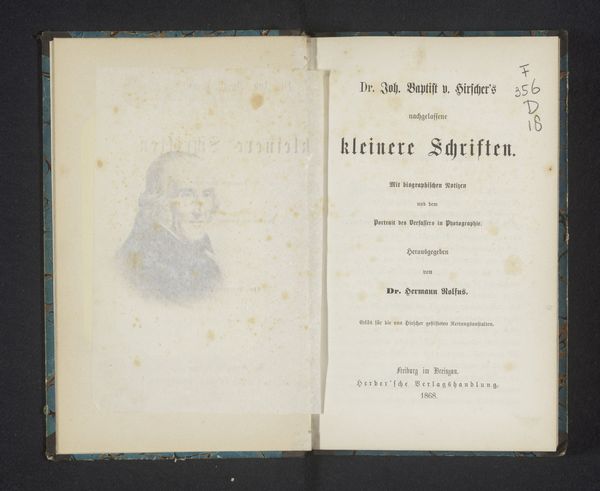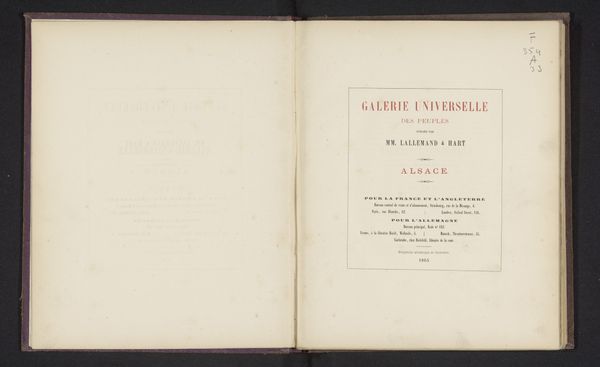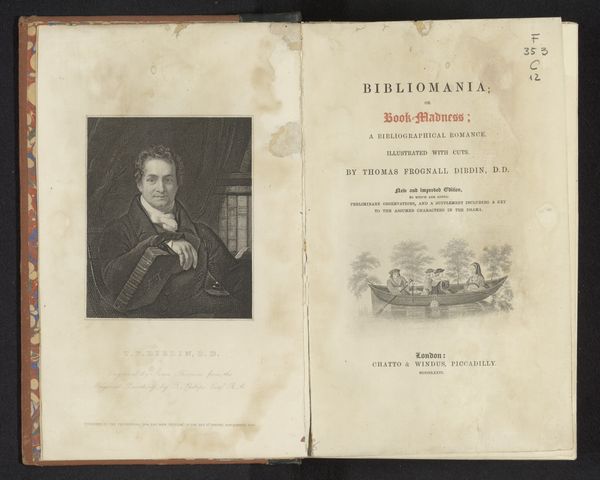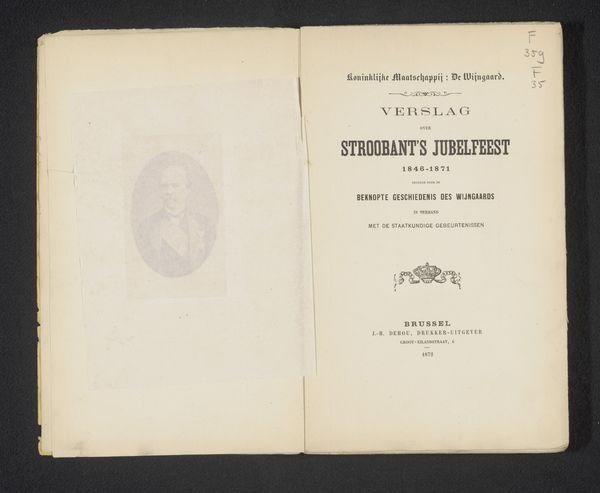
Relation historique des solennités nationales qui ont eu lieu en Belgique, de 1853 à 1856 / par Gustave Oppelt 1857
0:00
0:00
#
portrait
#
aged paper
#
homemade paper
#
paperlike
# print
#
book
#
sketch book
#
paper texture
#
personal sketchbook
#
hand-drawn typeface
#
fading type
#
thick font
#
history-painting
#
sketchbook art
Dimensions: height 244 mm, width 163 mm, thickness 28 mm
Copyright: Rijks Museum: Open Domain
This is the title page of "Historical Account of National Solemnities that took place in Belgium from 1853 to 1856" by Gustave Oppelt, printed in 1857. The rampant lion, a symbol of courage and royalty, dominates the coat of arms, flanked by heraldic lions, alluding back to medieval heraldry and emblems of power. These lions resonate with similar motifs across Europe, where heraldic beasts were charged with national and civic pride. Think of the lion in England's Royal Arms, or the Lion of Saint Mark in Venice. These archetypes appear and reappear, embodying qualities projected onto them by society. Such symbols tap into a collective memory, a shared subconscious understanding. In the Belgian context, the lion becomes inextricably linked to the nation’s identity, evoking powerful emotions and cultural bonds. Each appearance and adaptation underscores the enduring need to anchor identity in recognizable, emotionally resonant imagery. The symbolism, deeply rooted in history, continues its cyclical journey through time, adapting to new cultural landscapes.
Comments
No comments
Be the first to comment and join the conversation on the ultimate creative platform.
